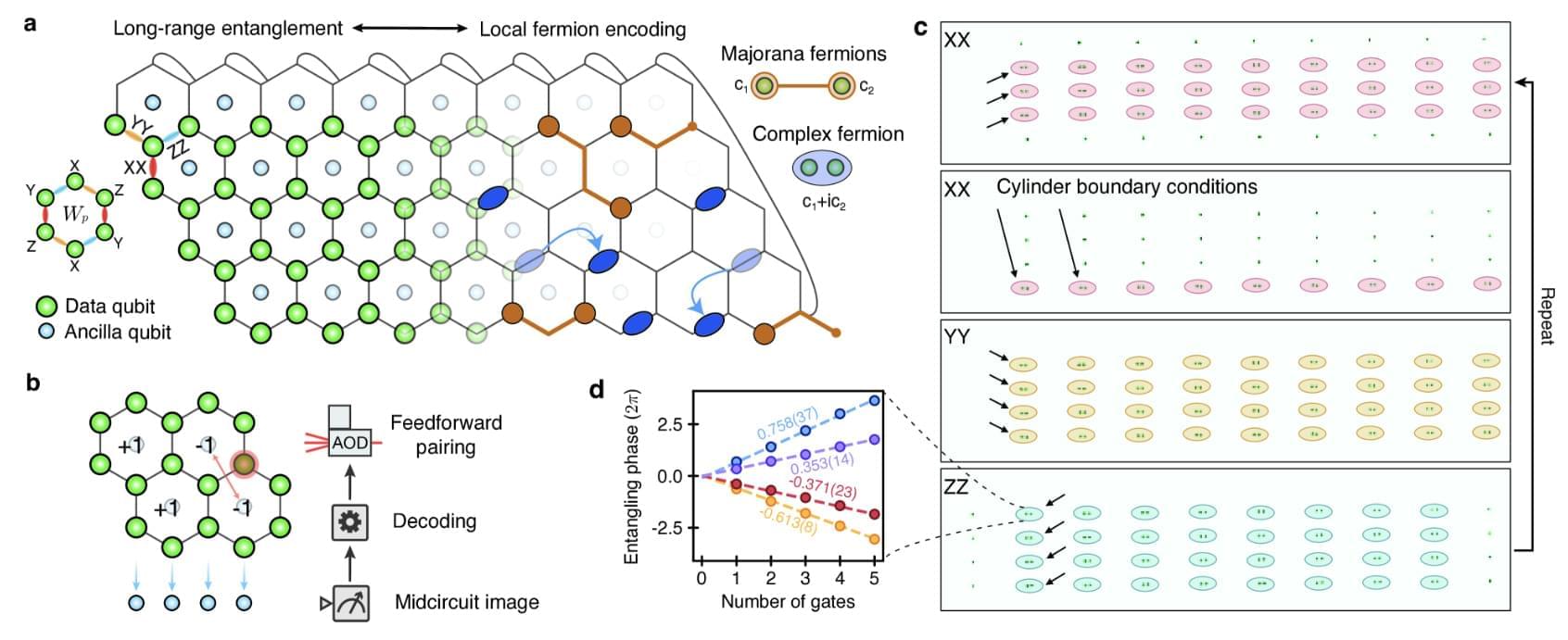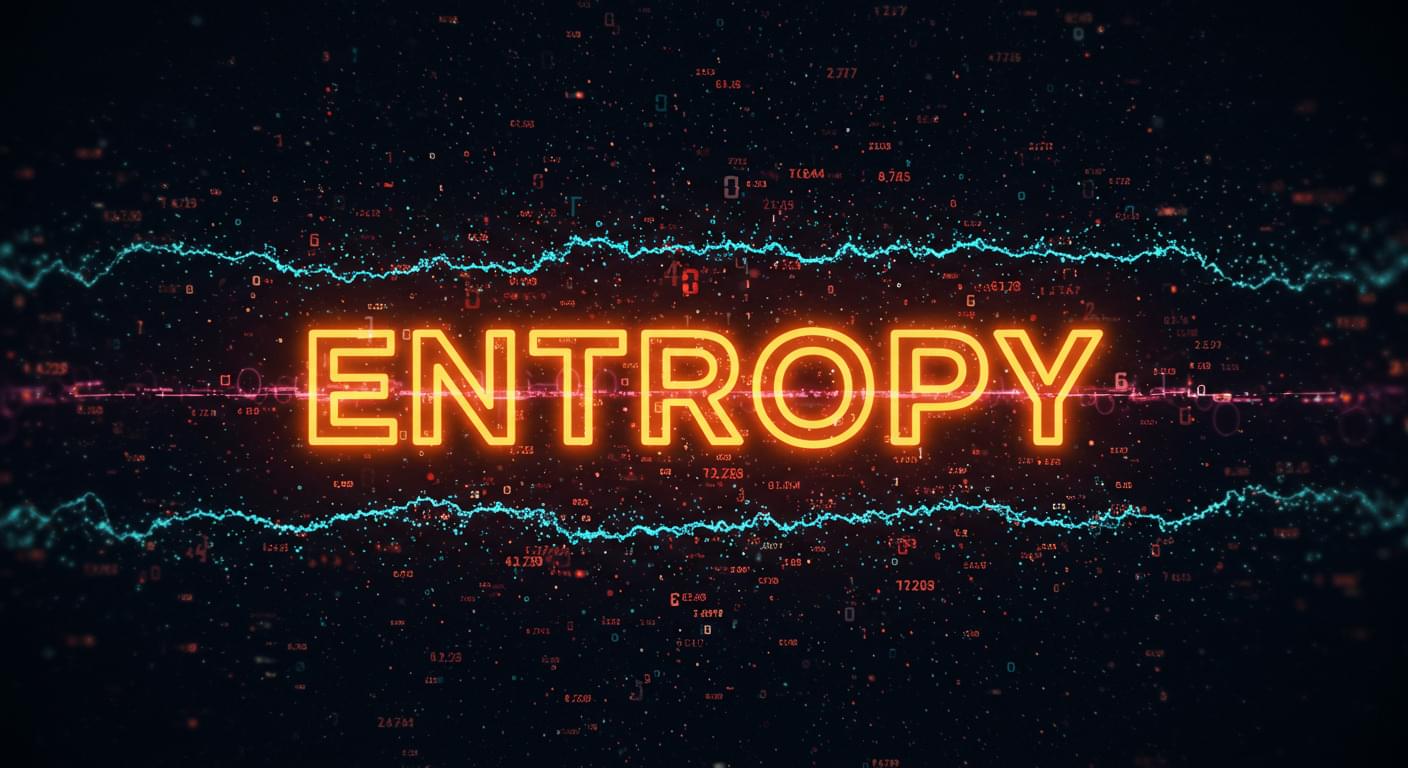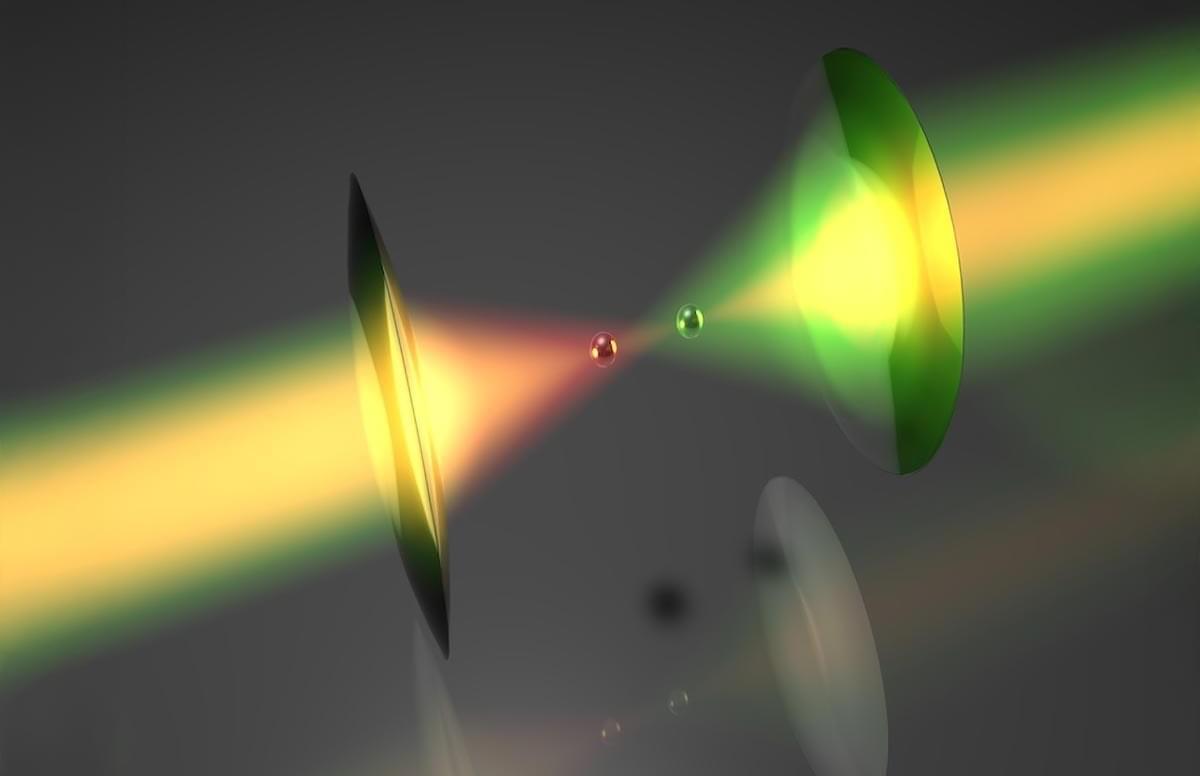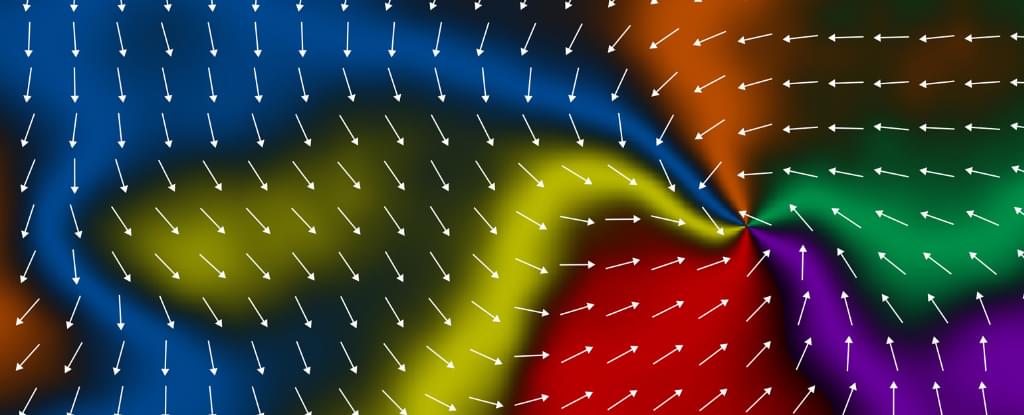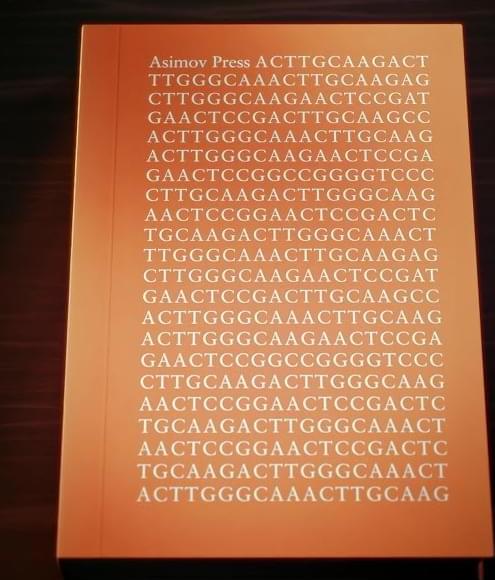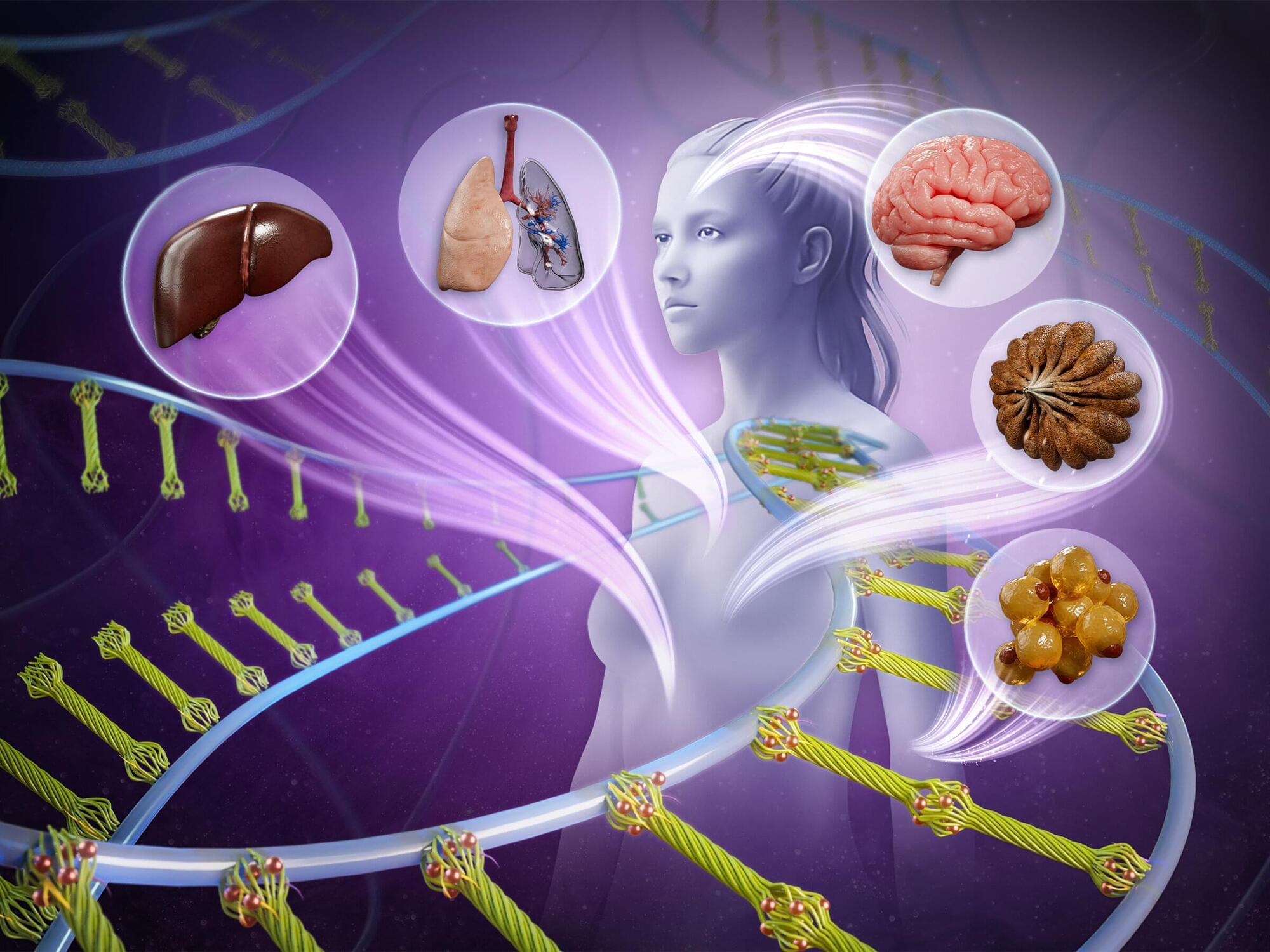Carlo Rovelli’s theories challenge time as fundamental, proposing it’s an illusion arising from entropy and causal events, reshaping our understanding of the universe.
Researchers used quantum computers to simulate fermionic particles crucial for understanding materials, chemistry and high-energy physics.
The fundamental principles of thermodynamics have long been a cornerstone of our understanding of the physical world, with the second law of thermodynamics standing as a testament to the inexorable march towards disorder and entropy that governs all closed systems. However, the realm of quantum physics has traditionally appeared to defy this notion, with mathematical formulations suggesting that entropy remains constant in these systems.
Recent research has shed new light on this seeming paradox, revealing that the apparent contradiction between quantum mechanics and thermodynamics can be reconciled through a nuanced understanding of entropy itself. By adopting a definition of entropy that is compatible with the principles of quantum physics, specifically the concept of Shannon entropy, scientists have demonstrated that even isolated quantum systems will indeed evolve towards greater disorder over time, their entropy increasing as the uncertainty of measurement outcomes grows.
This breakthrough insight has far-reaching implications for our comprehension of the interplay between quantum theory and thermodynamics, and is poised to play a pivotal role in the development of novel quantum technologies that rely on the manipulation of complex many-particle systems.
Using levitating nanospheres trapped in laser beams, they can observe how matter behaves in ways never seen before. This breakthrough could help unravel the mysteries of the quantum world.
Exploring the Boundary Between Classical and Quantum Worlds
A recent study published in the scientific journal Optica introduces a groundbreaking experimental device that bridges the gap between classical and quantum physics. This innovative instrument enables researchers to observe and study phenomena from both realms simultaneously. Developed in Florence, the device is the result of a collaborative effort within the National Quantum Science and Technology Institute (NQSTI). It involves experts from the University of Florence’s Department of Physics and Astronomy, the National Institute of Optics (CNR-INO), the European Laboratory for Nonlinear Spectroscopy (LENS), and the Florence branch of the National Institute for Nuclear Physics (INFN).
An experiment in Sweden has demonstrated control over a novel kind of magnetism, giving scientists a new way to explore a phenomenon with huge potential to improve electronics – from memory storage to energy efficiency.
Using a device that accelerates electrons to blinding speeds, a team led by researchers from the University of Nottingham showered an ultra-thin wafer of manganese telluride with X-rays of different polarizations, to reveal changes on a nanometer scale reflecting magnetic activity unlike anything seen before.
For a rather mundane chunk of iron to transform into something a little more magnetic, its constituent particles need to be arranged so that their unpartnered electrons align according to a property known as spin.
New research links gut health to Alzheimer’s, using advanced imaging to reveal structural changes and potential early detection clues.
New AI model takes minutes rather than days to predict how a specific DNA sequence will arrange itself in the cell nucleus.
Lasers. MRIs. Precision timekeeping. Solar cells. SI units of measure. High-contrast, high-efficiency display devices. Ultraprecise sensors. Optimized drug development. Secure communications. Most of us don’t think about it, but we interact with quantum-enabled devices and applications on a regular basis, and that’s only going to accelerate.
CATALOG, a DNA computing company, synthesized and assembled millions of nucleotides of DNA into thousands of individual strands in their Boston laboratories. That DNA was then shipped to France, where Imagene, a company specializing in robust and room-temperature storage solutions, packaged the molecules into laser-sealed, stainless steel capsules. Each capsule was sealed under an inert atmosphere — meaning there is no oxygen or moisture inside the capsule — preserving the DNA inside for tens of thousands of years. And finally, Plasmidsaurus “read” the DNA book at their headquarters in California and submitted the final sequence to the internet for everyone to enjoy. You can check out the book’s DNA sequence at CATALOG’s website, or by scanning the QR code at the bottom of this article.
Pre-Order
We’ve made 1,000 DNA capsules in total. Each capsule comes with a custom-designed display stand and a printed copy of the book. Pre-orders are open today and orders will ship in February. Our first book sold out, and we are not planning to do additional print runs. If you need any help with your order, would like to request international shipping, or plan to order more than ten copies, please email [email protected]. We’ll do our best to help!
A biomaterial that can mimic certain behaviors within biological tissues could advance regenerative medicine, disease modeling, soft robotics and more, according to researchers at Penn State.
Materials created up to this point to mimic tissues and extracellular matrices (ECMs)—the body’s biological scaffolding of proteins and molecules that surrounds and supports tissues and cells—have all had limitations that hamper their practical applications, according to the team. To overcome some of those limitations, the researchers developed a bio-based, “living” material that encompasses self-healing properties and mimics the biological response of ECMs to mechanical stress.
They published their results in Materials Horizons, where the research was also featured on the cover of the journal.

